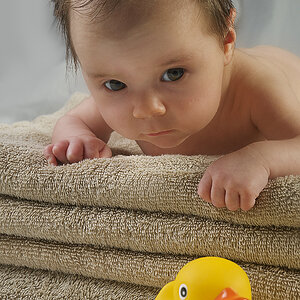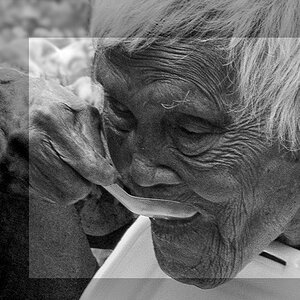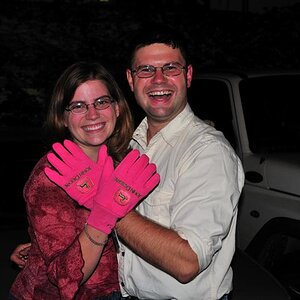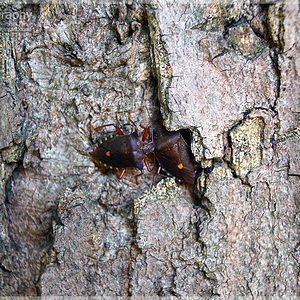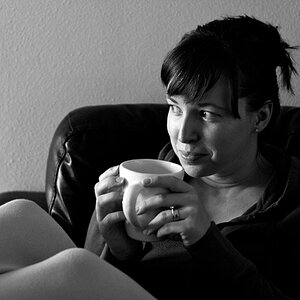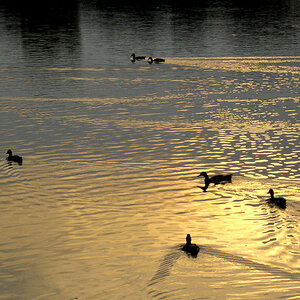Composed Chaos
TPF Noob!
- Joined
- Feb 7, 2016
- Messages
- 6
- Reaction score
- 0
- Can others edit my Photos
- Photos OK to edit
Hey all,
I'm an automotive photographer and typically the cars I shoot are stationary unless I'm at the track for the day. Usually AF is just fine then. But I wanted to get better at manual focusing with my camera so I sat down with my cat this morning.
Here's one of the better shots I got, but I was a little disappointed by how crisp I just couldn't seem to get my photos. It also came out very grainy despite how low my ISO was set to. I shot it in aperture priority. (Maybe I should have shot in Shutter? He's very fussy...) Any advice on how I can get a cleaner shot would be much appreciated
Nikon D5000
f/7.1
ISO 200
1/30

I'm an automotive photographer and typically the cars I shoot are stationary unless I'm at the track for the day. Usually AF is just fine then. But I wanted to get better at manual focusing with my camera so I sat down with my cat this morning.
Here's one of the better shots I got, but I was a little disappointed by how crisp I just couldn't seem to get my photos. It also came out very grainy despite how low my ISO was set to. I shot it in aperture priority. (Maybe I should have shot in Shutter? He's very fussy...) Any advice on how I can get a cleaner shot would be much appreciated
Nikon D5000
f/7.1
ISO 200
1/30


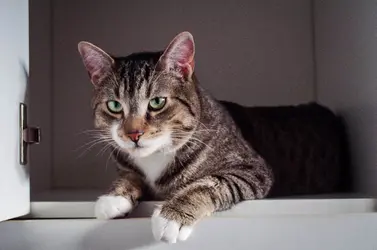



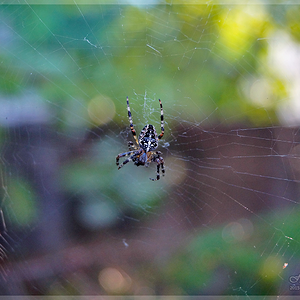
![[No title]](/data/xfmg/thumbnail/39/39289-c5ea6a611707fdd5786347f4a67d63ae.jpg?1619738957)
